
Wuppertal is a city in North Rhine-Westphalia, the most populous state of Germany. With a population of approximately 355,000, Wuppertal is the seventh-largest city in North Rhine-Westphalia as well as the 17th-largest city in Germany. It was founded in 1929 by the merger of the cities and towns of Elberfeld, Barmen, Ronsdorf, Cronenberg and Vohwinkel, and was initially "Barmen-Elberfeld" before adopting its present name in 1930. It is regarded as the capital and largest city of the Bergisches Land.
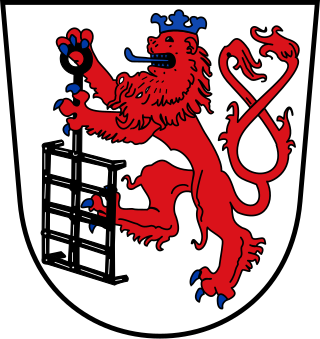
Elberfeld is a municipal subdivision of the German city of Wuppertal; it was an independent town until 1929.

Bad Godesberg is a borough of Bonn, southern North Rhine-Westphalia, Germany. From 1949 to 1999, while Bonn was the capital of the Federal Republic of Germany, most foreign embassies were in Bad Godesberg. Some buildings are still used as branch offices or consulates.

The Aloisiuskolleg is a co-educational, Jesuit (Catholic), University-preparatory school in Bonn-Bad Godesberg, Germany, which includes boarders. It is named for Saint Aloysius Gonzaga. Highly ranked academically, it is considered one of the most prestigious boarding schools in Germany. Since early 2010 the school has been investigated for cases of child abuse.
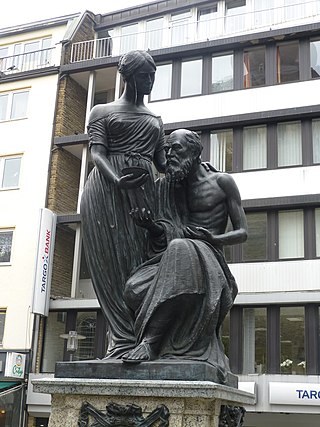
The Elberfeld system was a system for aiding the poor in 19th-century Germany. It was a success when it was inaugurated in Elberfeld in 1853 and was adopted by many other German cities, but by the turn of the century an increasing population became more than the Elberfeld system could handle, and it fell out of use.

The Prussian Academy of Arts was a state arts academy first established in Berlin, Brandenburg, in 1694/1696 by prince-elector Frederick III, in personal union Duke Frederick I of Prussia, and later king in Prussia.

Theater Bonn is the municipal theatre company of Bonn, North Rhine-Westphalia, Germany. It is an organization that produces operas, musicals, ballets, plays, and concerts. It operates several performance venues throughout the town: Oper Bonn for music theatre, the Kammerspiele Bad Godesberg and Halle Beuel for plays, and the Choreographisches Theater for ballet and dance.
Hugo Broch is a German Luftwaffe ace during the Second World War who is credited with 81 victories in 324 missions, all on the Eastern Front. He is a recipient of the Knight's Cross of the Iron Cross, and is one of two living recipients of the award. The other recipient is a former Heer officer, Heinz Rafoth.

Schauspielhaus Wuppertal was a Schauspielhaus, a theatre for plays, in Wuppertal, North Rhine-Westphalia, Germany. The 745-seat municipal theatre is on Bundesallee next to the river Wupper in Elberfeld. Designed by Gerhard Graubner, it was opened in 1966, run from 2001 by 'Wuppertaler Bühnen'. Starting in 2009, the house operated only 135 seats, and it was closed on 30 June 2013.
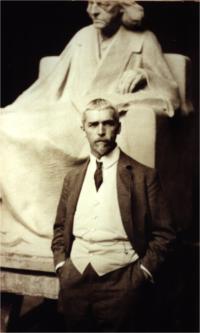
Adolf Brütt was a German sculptor. He was the founder of the Weimarer Bildhauerschule and its accompanying bronze foundry.

Godela Habel was a German painter and artist.
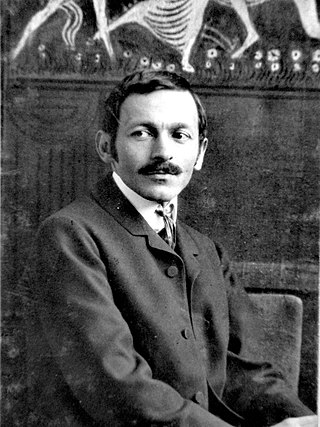
Ignatius Taschner, also known as Ignaz Taschner, was a German sculptor, medalist, graphic designer and illustrator.
Wolfgang Maier is a German psychiatrist and psychotherapist.
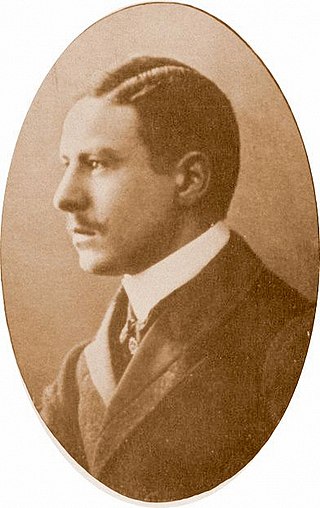
Oskar Erbslöh was a German aviation pioneer.

Shwan Kamal was born in the city of Sulaimaniyya in Iraqi Kurdistan in 1967. He is a Kurdish and German artist and sculptor.

Emil Cauer the Younger (1867-1946) was a German sculptor, known for his monuments and fountains in Berlin.

The Schauspielhaus Bad Godesberg is the largest theatre in the city of Bonn and the first new theatre building in the Federal Republic of Germany in the post-war period. The building was constructed in the Bad Godesberg city centre in the early 1950s. It now belongs to the Alt-Godesberg district of Bonn and is located at Theaterplatz 9 / Am Michaelshof 9 ; it is under Denkmalschutz.
Ernst Huhn (1894–1964) was a German architect who first rebuilt and later designed cinemas, theatres and inns, including the Schauspielhaus Bad Godesberg, Germany's first new theatre after the Second World War

Karl Gustav Rutz was a German sculptor.
Eugen Felix Busmann was a German sculptor and academic teacher.
















